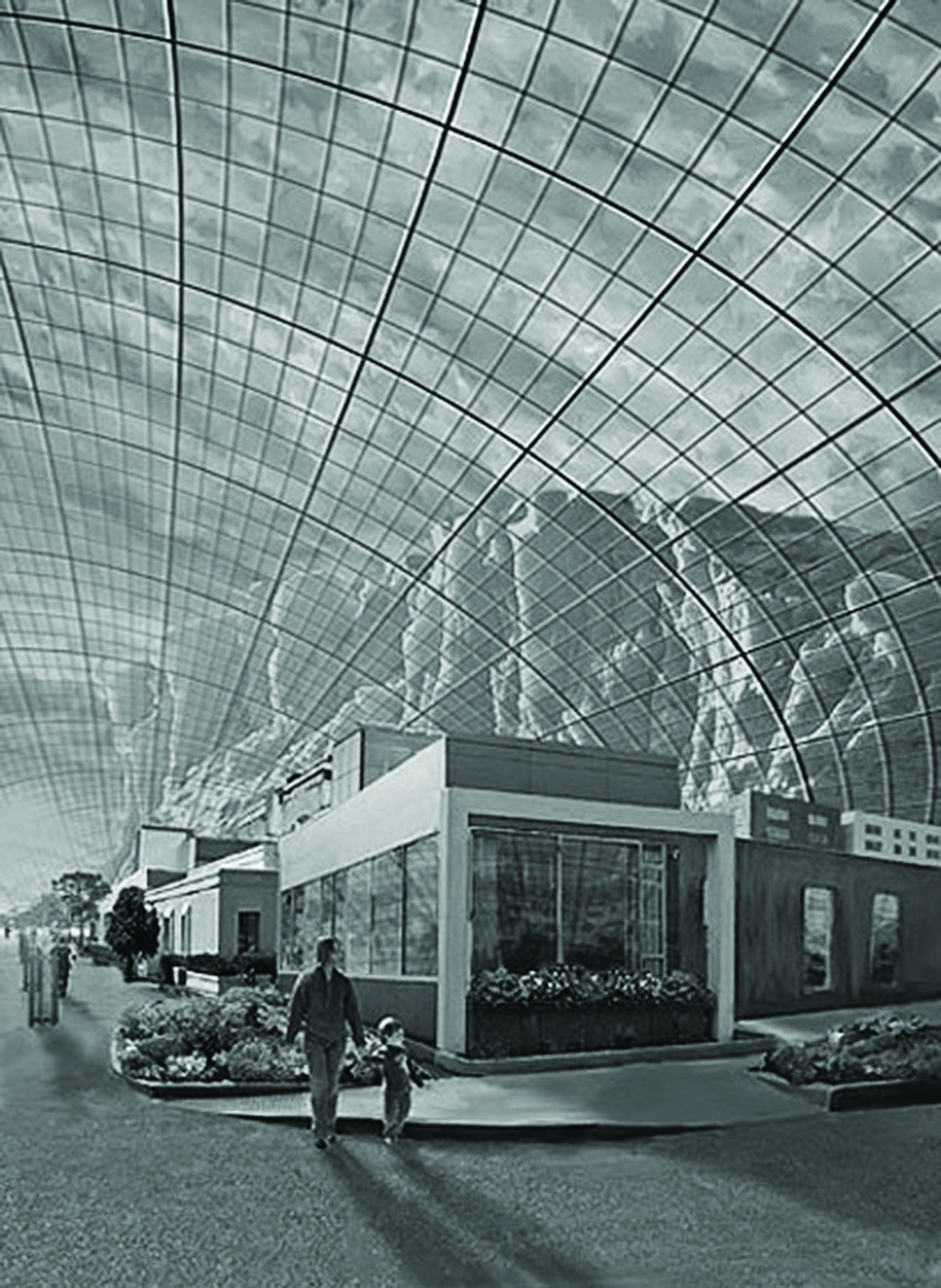
During the twentieth century, two trajectories of urban development in the Arctic, Ralph Erskine’s social and environmental project for a new town in Resolute, Canada, and the massive industrial city of Norilsk in the Soviet Union, converged on a set of ideas that define a unique typology of urban and architectural design in extreme northern climates. Best described as a microrayon—a Soviet planning concept that originated in the late 1950s—that has been adapted and transformed to accommodate environmental and social conditions in the extreme north, these two projects share many similarities despite their vastly different scales, and social, political, and economic contexts. Their evolution and development establishes an important precedent for urban design in extreme northern climates and future Arctic cities.
Continue Reading:






